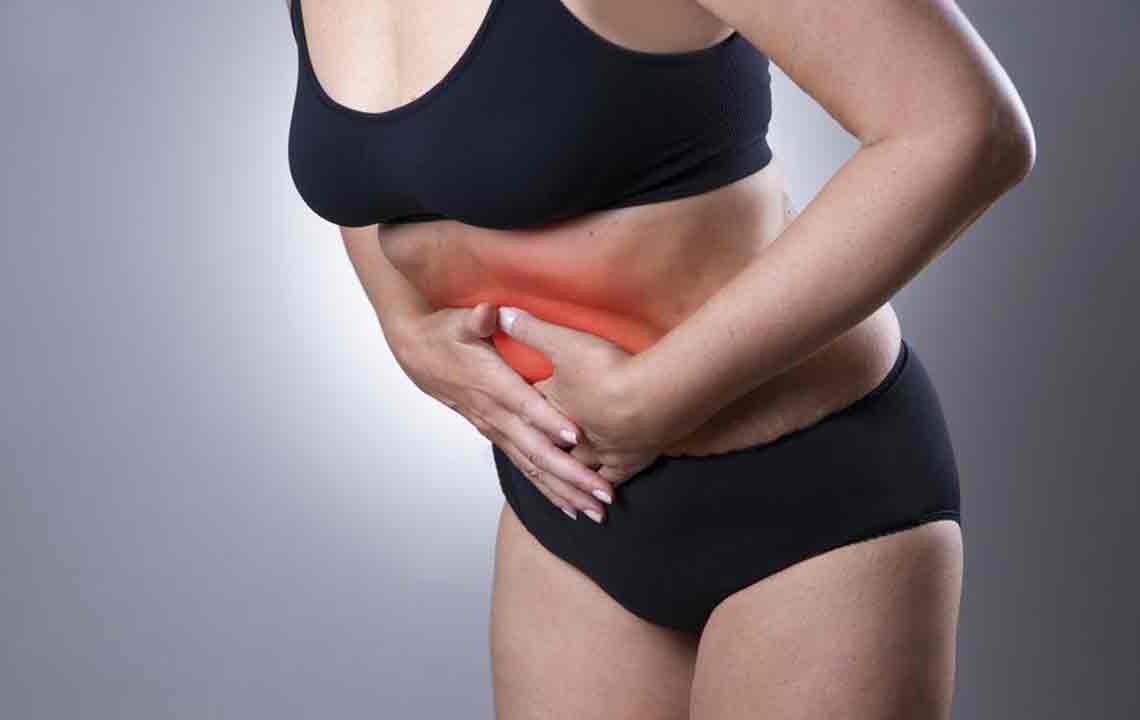Various Treatments for Chronic Endometriosis
Endometriosis is a very painful, chronic disorder in which the tissues that grow inside the lining of the uterus are found outside. These tissues are found most often on the fallopian tubes, ovaries, area in between the rectum and the vagina, tissues around the ovaries and uterus, and pelvic cavity lining. However, the chances are of developing the condition in some other part of the body are very rare. Millions of women and girls are suffering from this condition.
As the tissues developed in the growth of endometriosis act in the same way as the tissue of uterine lining, they build up each month then break down and shed out.

Endometriosis symptoms
Endometriosis symptoms vary from person to person. Some can experience mild while other can have severe symptoms. However, it must be kept in mind that the severity of the chronic endometriosis pain never indicates the degree of the condition. The person might be suffering from severe pain may have a mild condition.
• Pain during sexual intercourse
• Pain in lower abdomen before
• Heavy menstrual bleeding
• Pain following sexual intercourse
• Irritable bowel movements
• Pain and cramps during menstruation
• Lower back pain during menstrual cycle
• Painful urination during the menstrual cycle
If you are experiencing any of the following symptoms, it is advised you to visit the doctor. You can also consult a gynecologist for better treatment as they can examine your condition and suggest you some treatment procedure.
Treatment for chronic endometriosis pain
Endometriosis has no cure and therefore cannot be treated completely but with the help of medication and surgery, the symptoms and the condition can be managed. It can also provide great relief from the chronic endometriosis pain. Various treatments to get a relief from the chronic endometriosis pain are:
- Medications
Ibuprofen can be used to get relief from chronic endometriosis pain but it is only effective for a limited time.
- Hormonal contraceptives
Hormonal contraceptives are used to decrease endometrial tissue development. Various birth control pills and vaginal rings can also provide relief from the chronic endometriosis pain. Medroxyprogesterone injection is also effective in regulating the menstrual cycle and endometrial implants growth.
- Hormonal therapy
The therapy helps in regulating the hormonal change responsible for the endometriosis.
- Gonadotropin-releasing hormone (GRNH) agonists and antagonists
Gonadotropin-releasing hormone (GnRH) is taken by the women to block the production of estrogens hormones that stimulate the ovary. Estrogen hormone is responsible for the development of female sexual characteristics. GRNH prevents the menstruation cycle and creates an artificial menopause. However, this may result in the vaginal dryness which can be prevented by taking small doses of estrogens and progesterone.
- Danazol
Danazol is also used to stop menstruation and reduce endometriosis symptoms. However, it can have side effects like hirsutism, which results in abnormal hair growth on face and body.
- Conservative surgery
In case if medication is not effective, Conservative surgery is done by removing endometrial growth without harming the reproductive organs. Along with it, you can also go for Laparoscopy or hysterectomy.
Endometriosis stages
Endometriosis condition has four stages.
Stage I: Minimal
In minimal endometriosis, small lesions and shallow implants are there on your ovary. You may experience inflammation around pelvic region.
Stage 2: Mild
In mild endometriosis, small implants and very light lesions are found on an ovary and the pelvic lining.
Stage 3: Moderate
Moderate endometriosis, ovary, and pelvic lining can have deep implants and more lesions.
Stage 4: Severe
In severe stage endometriosis, deep implants are involved on pelvic lining and ovaries. The person suffers from chronic endometriosis pain.
Different factors like location of endometrial implants, its number, size and depth help in determining the stage of the disorder
How to diagnose endometriosis
Treating endometriosis requires proper diagnosis. You must consult a doctor for better treatment. Your doctor can ask you for some medical test after examining your physical condition.
- Ultrasound
- Laparoscopy
Complications and risk factors
Fertility is the most serious complication caused by endometriosis. Women with the mild condition can also conceive and have a baby. But in other types of endometriosis, conceiving a baby is not advised. However, after the proper diagnosis of the condition, you can conceive. You can consider In Vitro Fertility to have a baby.
Millions of women around the world are suffering from chronic endometriosis pain. However, the study suggests about 2-10% women bearing child suffer from the endometriosis. There are many chances of the development of the disease during the early phase of starting the menstrual cycle. Although chronic endometriosis pain is caused, if some early symptoms are suspected, you can consult the doctor for examining the condition and better treatment.
Endometriosis is a painful chronic disorder. It has no cure and the person suffers from chronic endometriosis pain. Endometriosis implant can be effectively managed through some treatments and medication. But this doesn’t mean the condition has to impact your daily life. However, after menopause, the symptoms of endometriosis generally improve.

